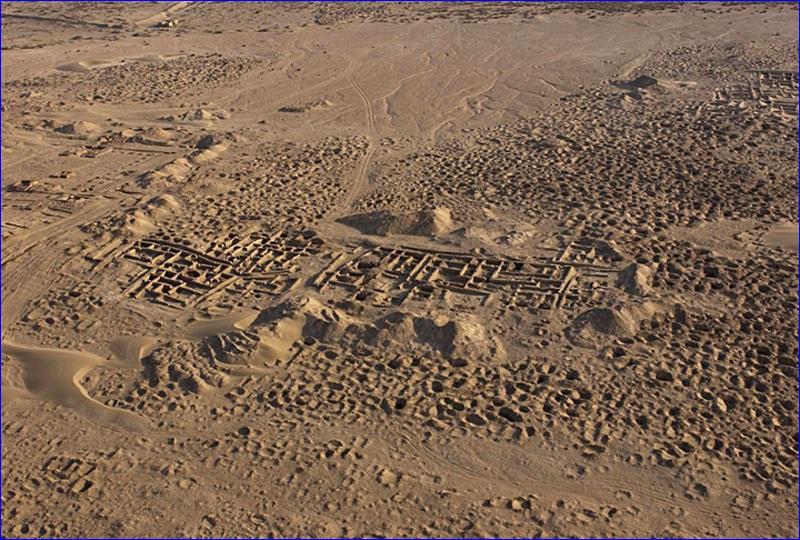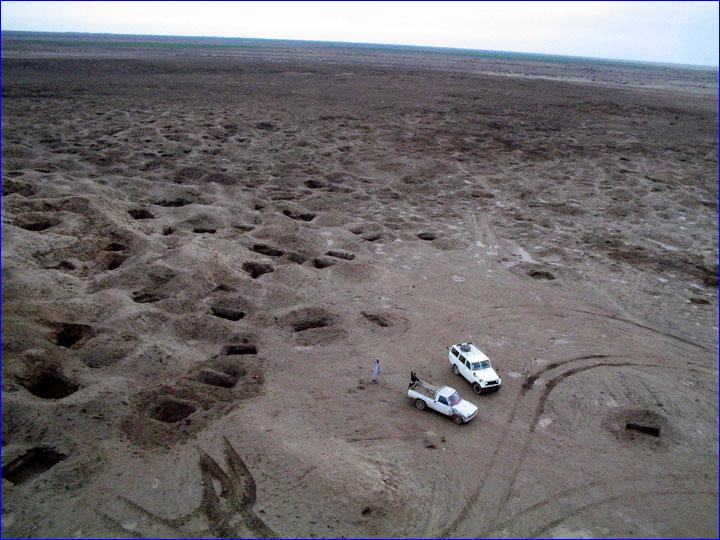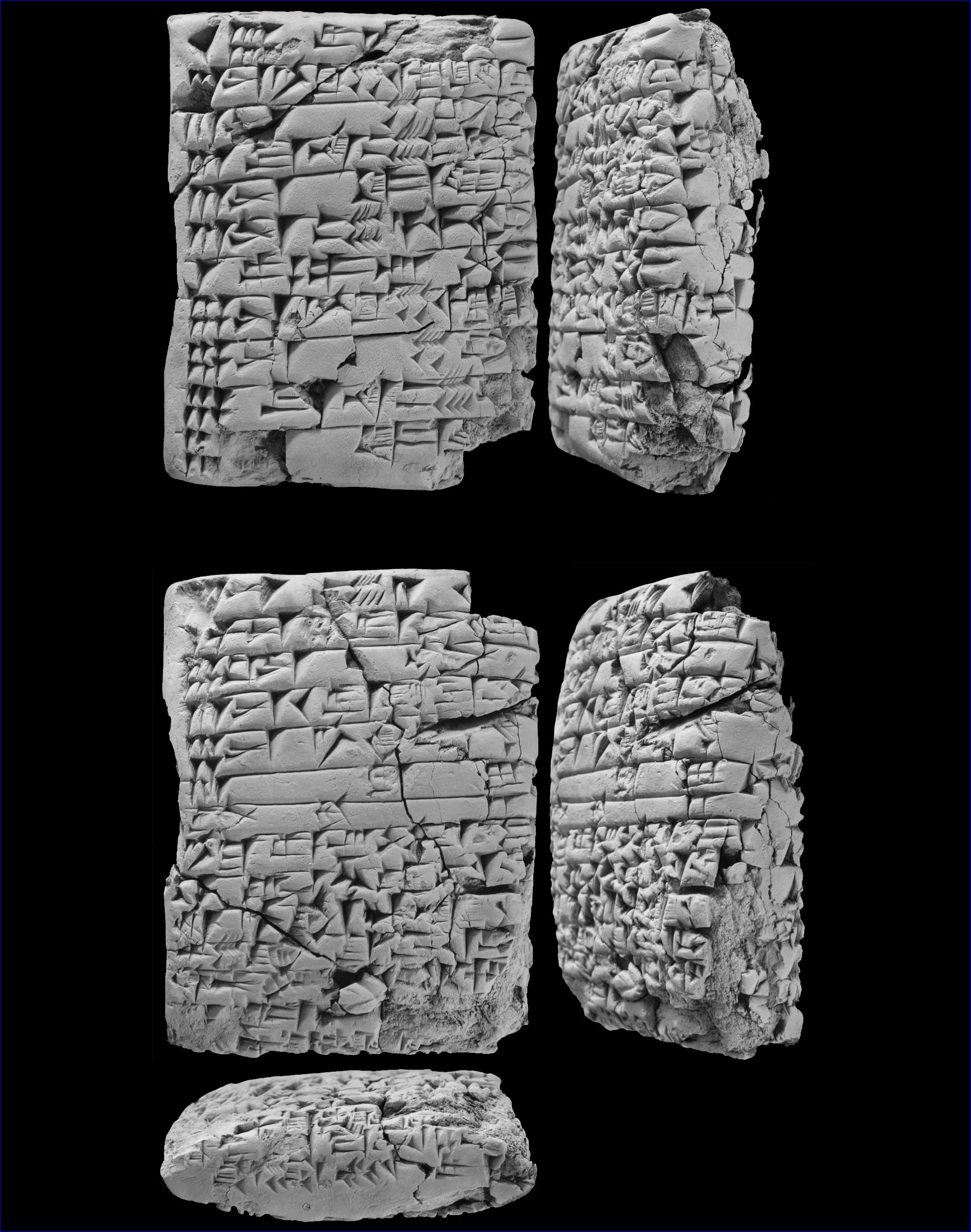


These tablets are the cultural heritage of the Iraqi people and of all humankind. They must be conserved, studied and published, not left to deteriorate unseen in warehouses in Switzerland or the Gulf, nor should they be hastily repatriated to an uncertain fate in the storerooms of the Iraq Museum. I will leave legal arguments about ownership to others; I am making an ethical argument.
There has been a painful divide among Mesopotamiansts over the publication of unprovenanced artifacts. The most passionate anti- publicationists are archeologists, and the most ardent defenders of publication are cuneiformists. This is not coincidence: Archeologists dig sites, and looting destroys sites. Cuneiformists study tablets, and looting supplies tablets. But no cuneiformist could be unmoved by the moonscape images of looted sites, and most mourn the loss of context for tablets snatched from those lunar pits and craters at Mesopotamian site.
For archeologists and art historians, unprovenanced artifacts--seals, statuettes and the like--create serious difficulties beyond the destruction of sites and loss of context. Questions of authenticity arise that often defy solution.

This is not the case for cuneiform tablets, which, unlike unprovenanced alphabetic inscriptions, are almost never forged. In addition, the text of a tablet can provide important contextual information: date, place of origin, prosopographic (personal names) and archival data. So, the spectacular image of the Akkadian king Naram-sin and the goddess Ishtar on an unprovenanced stone mold displayed at the Metropolitan Museum of Art's "First Cities" exhibition a while back only creates problems for art historians, whereas the horde of documents from the Sealand Dynasty (mid-second millennium Babylonia) from the Schøyen Collection published in a Cornell University series solves many problems for Assyriologists.

Did publishing those tablets, and thousands of other unprovenanced tablets, help create a market for cuneiform tablets and thus encourage looting and site destruction? I have seen no well-founded answer to this question, and I can't pretend to know what motivates the small number of serious collectors of these rectangular bits of inscribed mud. I personally find working with dealers to identify and market looted tablets reprehensible. In any case, nearly all the unprovenanced tablets being published today are off the market, in large public collections, where they are well cared for. It makes no sense to ignore them, or to stigmatise scholars who have saved them from oblivion.
It is quite possible that the number of tablets illicitly excavated since the first Gulf War in 1991 is as large as the number of all the tablets that came to light in the century and a half before 1991- perhaps 200,000. Can a scholar willfully ignore half of the evidence bearing on his subject? I can't.
My concluding plea: conserve, study, publish, and then, if appropriate, repatriate.
Jerrold S. Cooper is W.W. Spence Professor Emeritus of Semitic Languages Department of Near Eastern Studies Johns Hopkins University.
This is an adaptation of remarks made at the panel on ASOR Ethics at the November 2013 ASOR Meeting in Baltimore.
Dr. Cooper is a member if the Department of Near Eastern Studies Johns Hopkins University.

or register to post a comment.